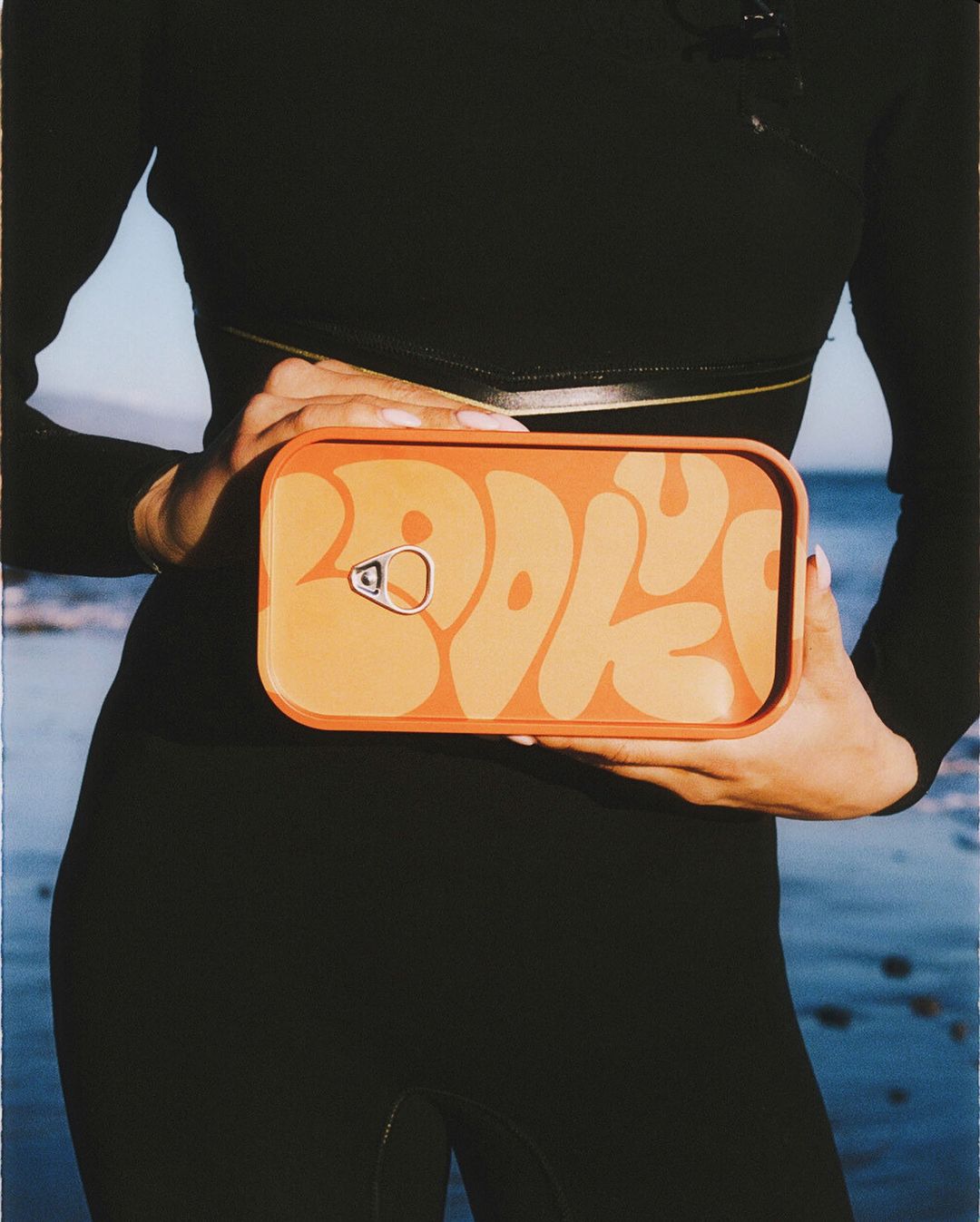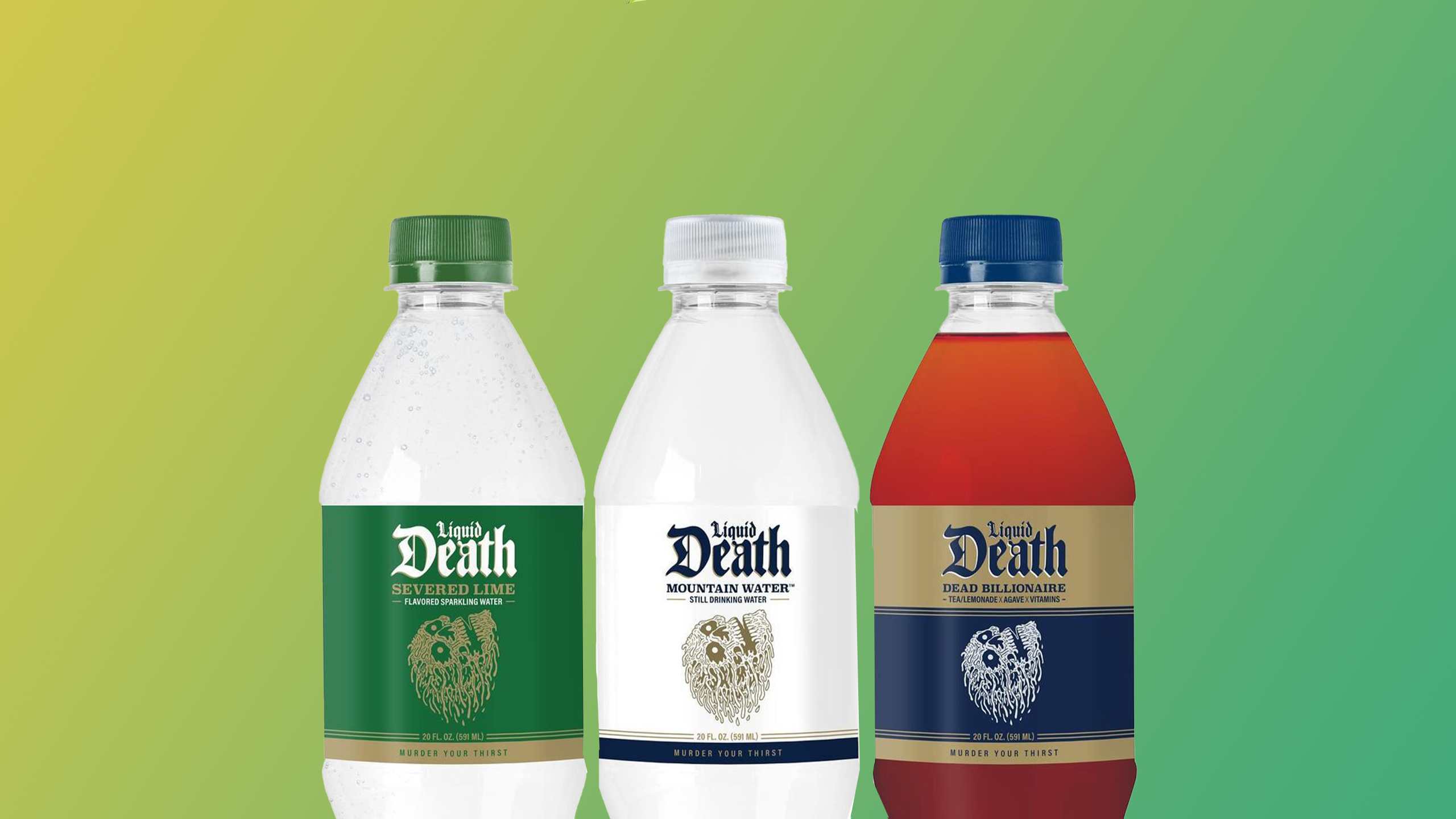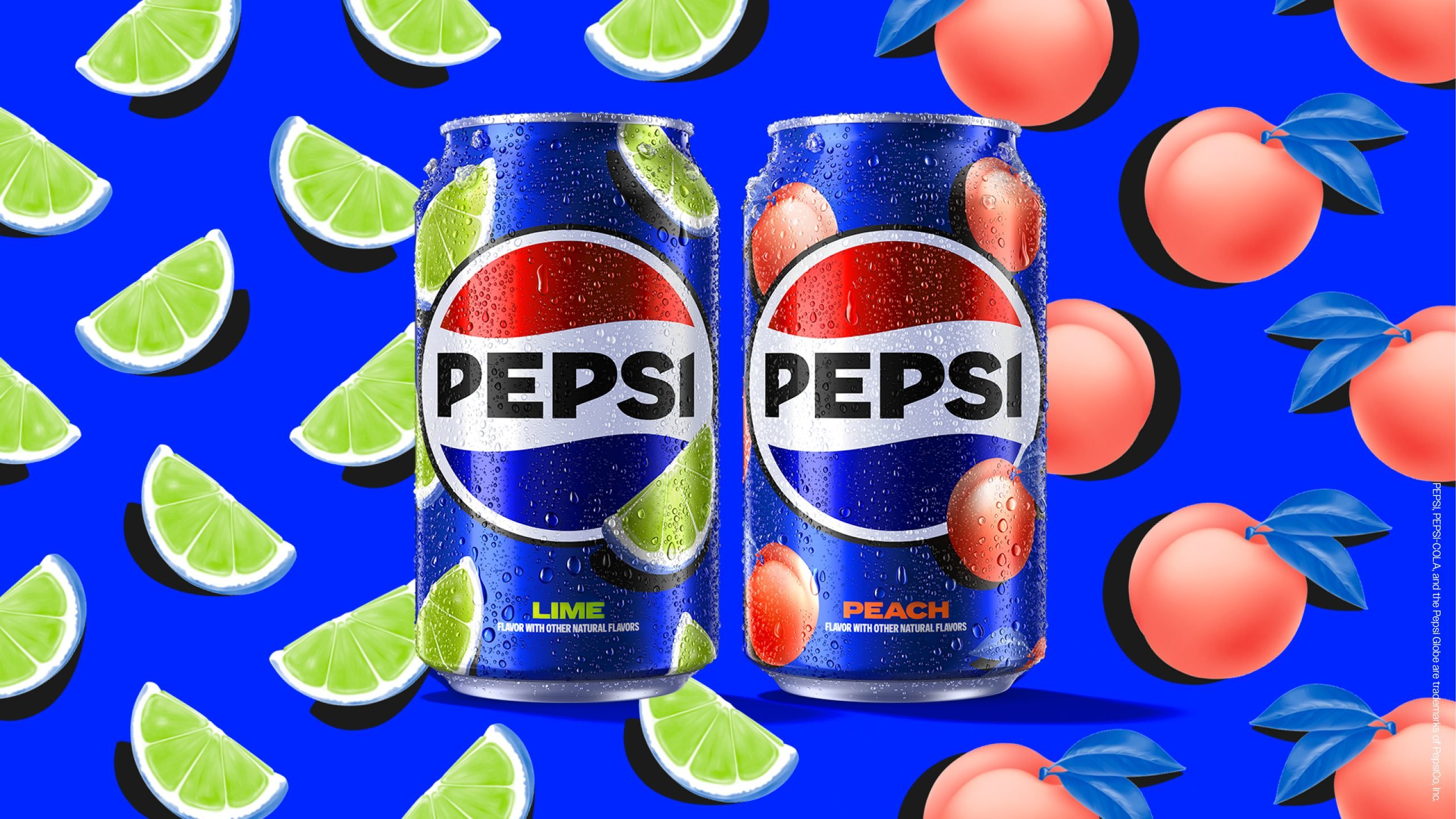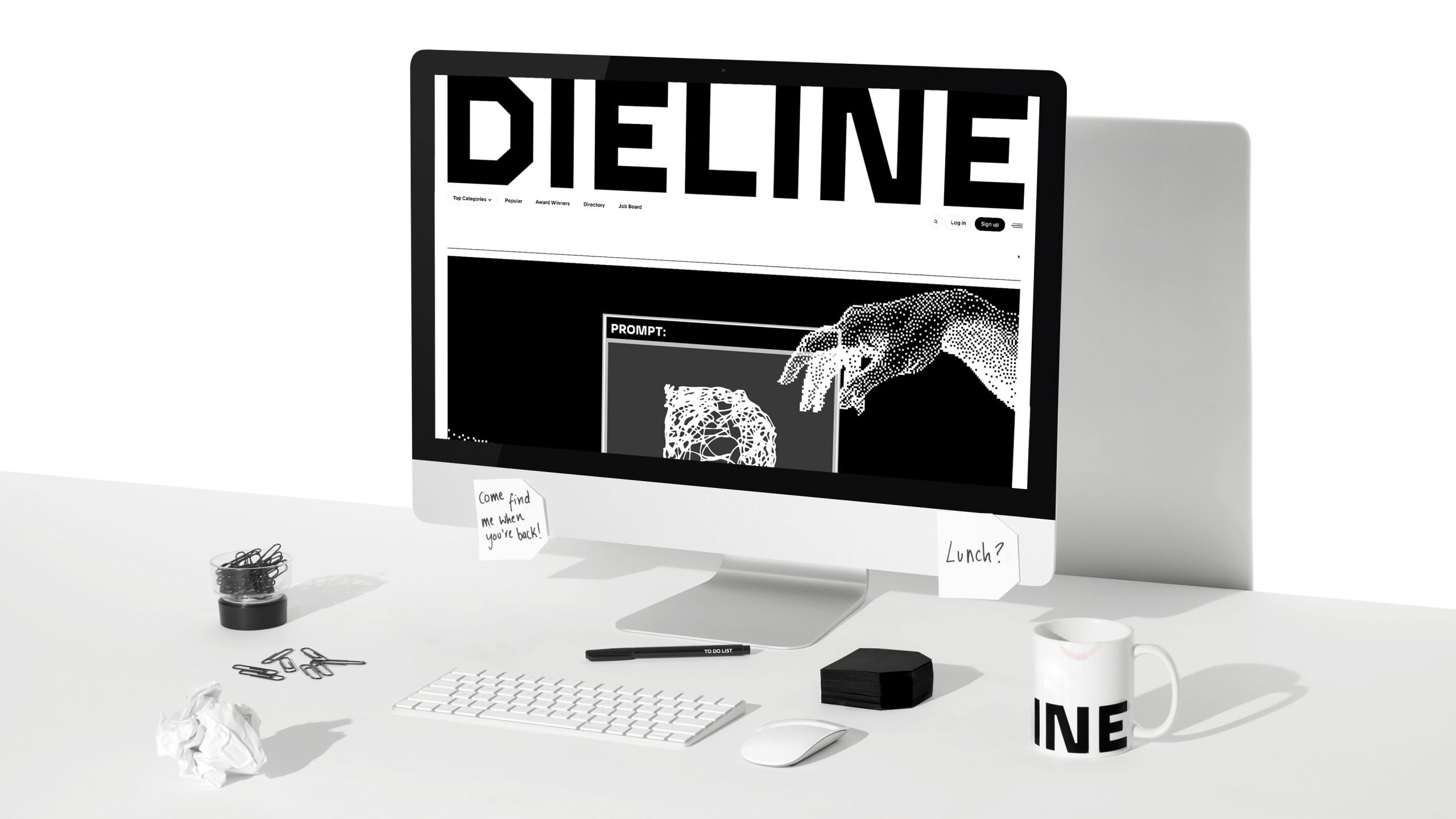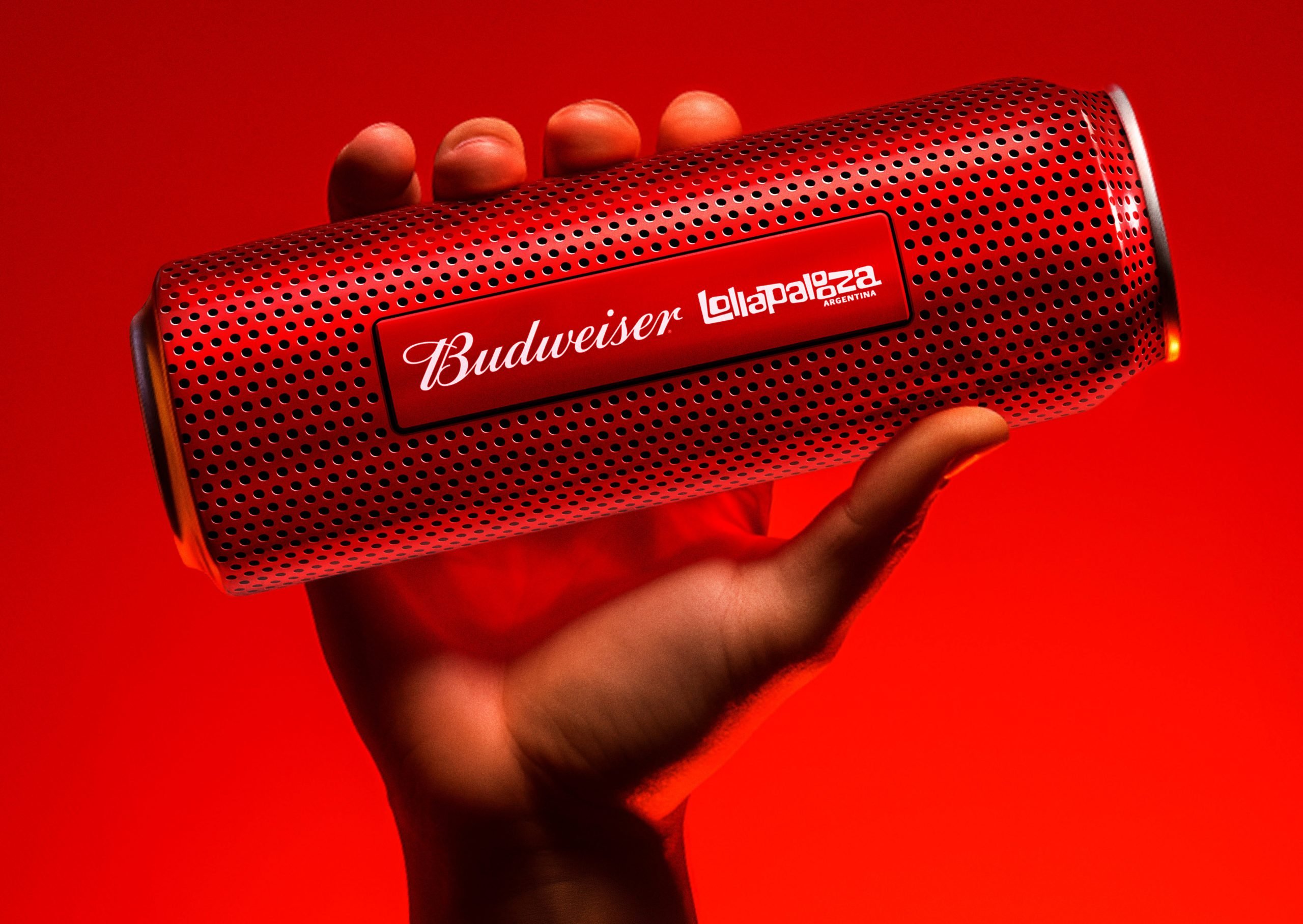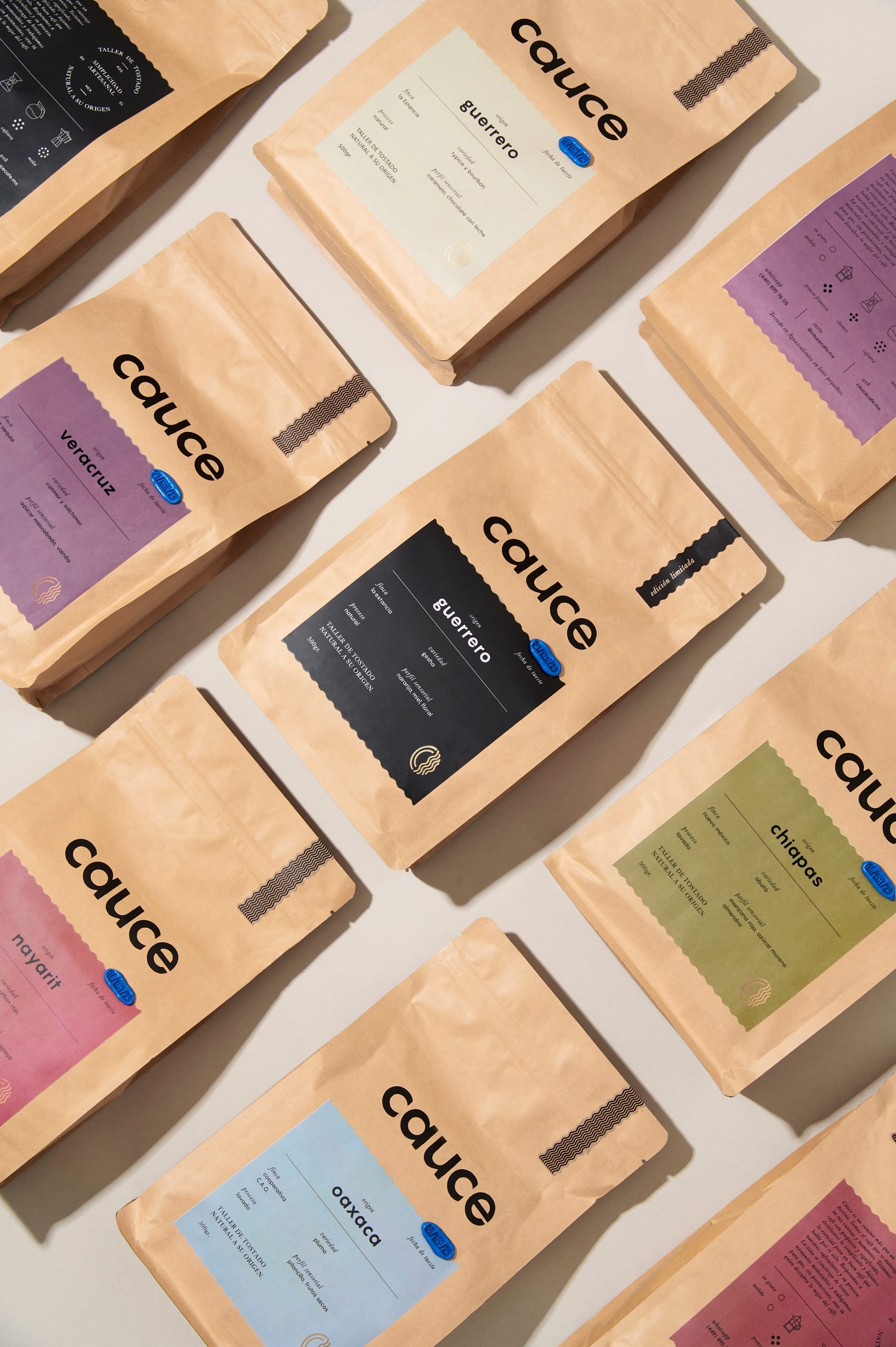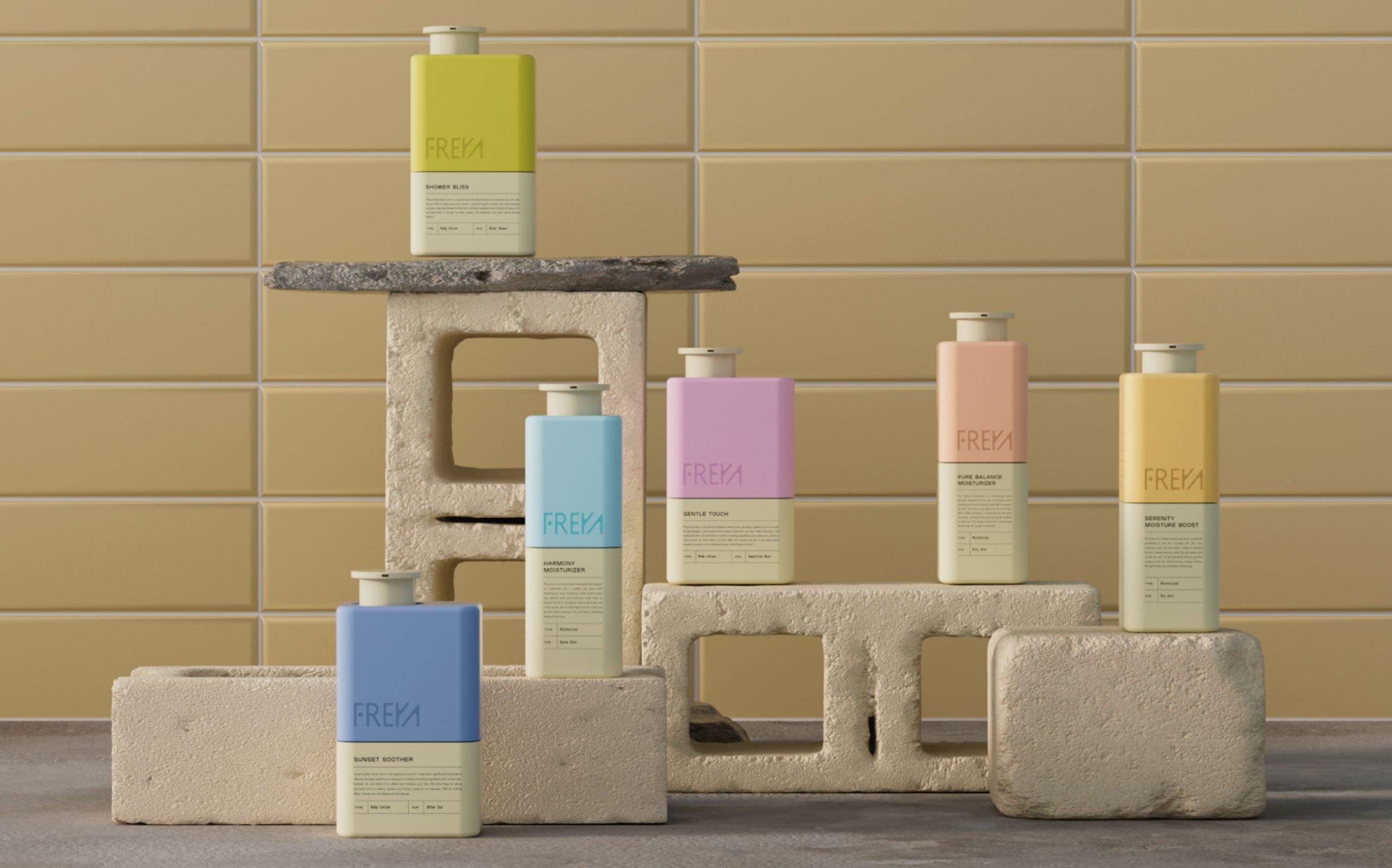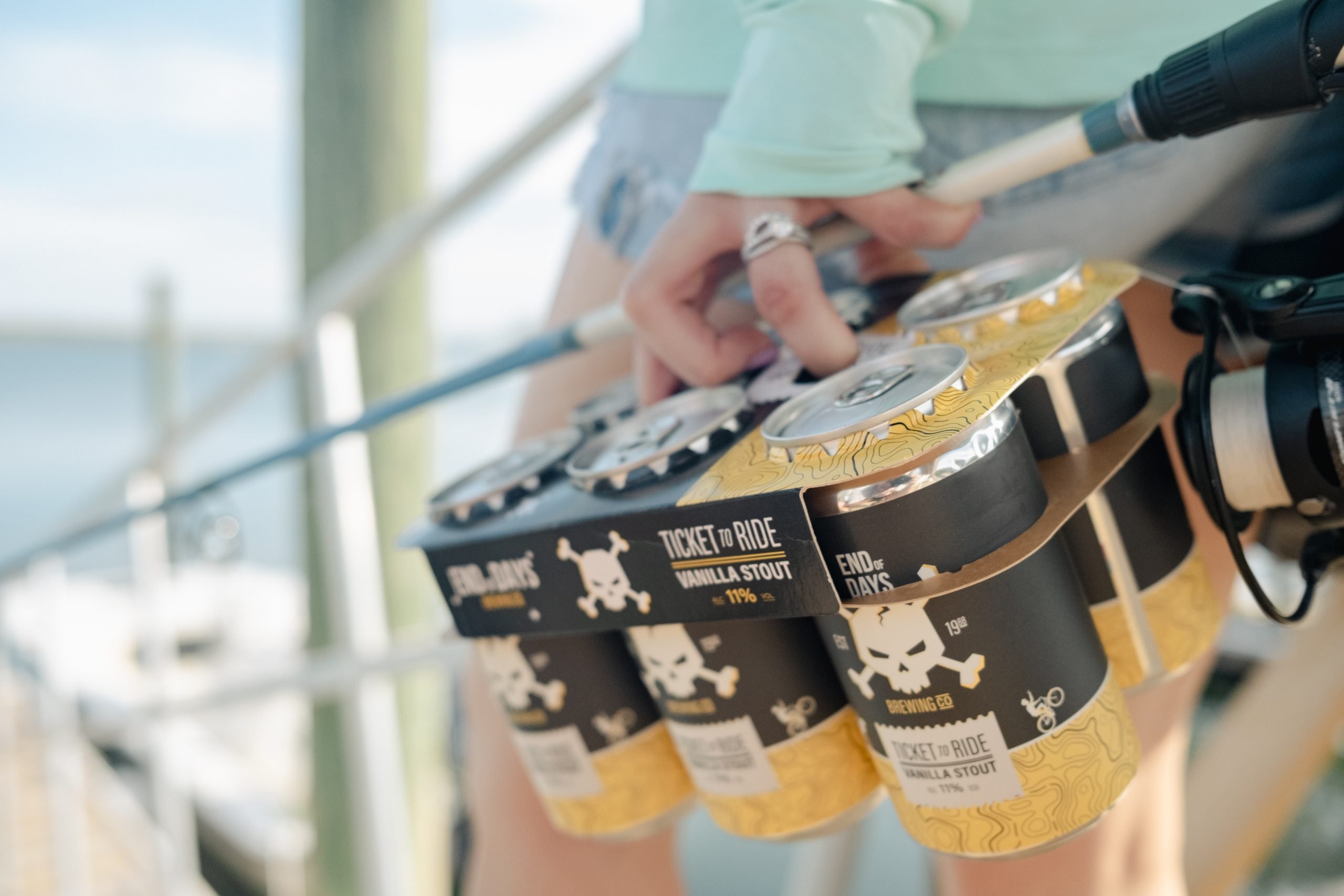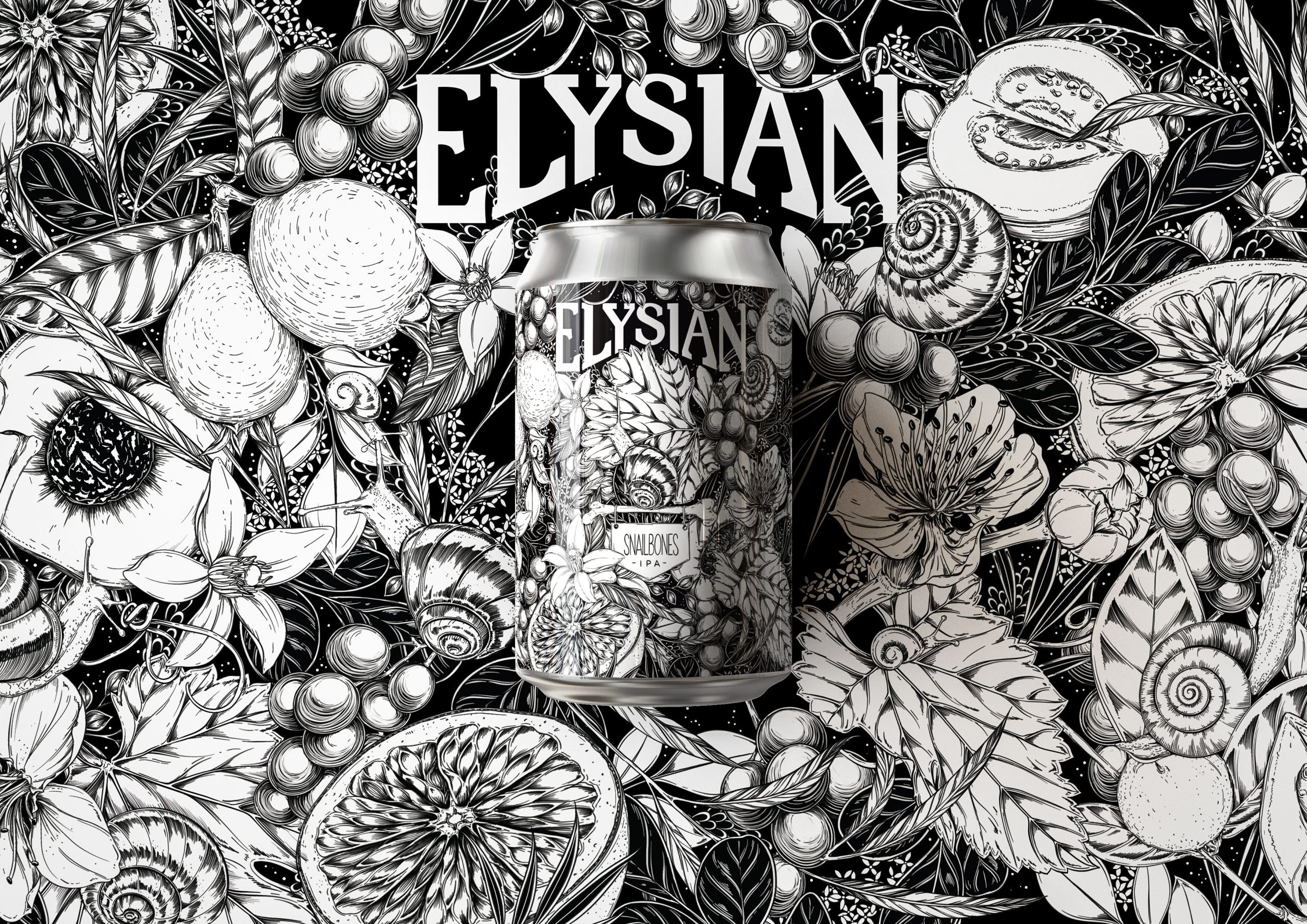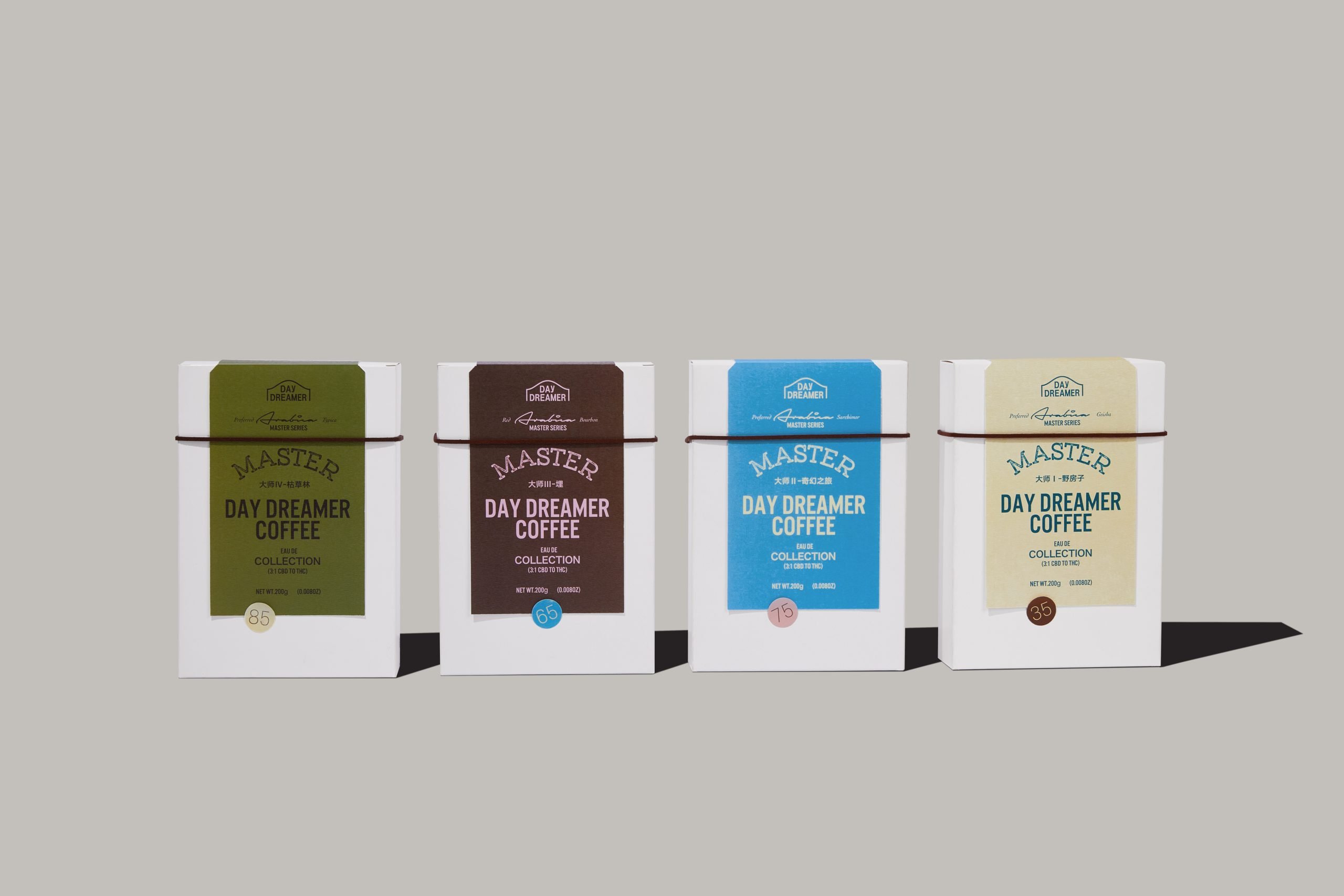ABOUT RING Ring is a consumer electronics company owned by Amazon, best known for inventing the first Video Doorbell in 2013. Since that first innovation, Ring has introduced a range of forward-thinking home security devices that help customersâour neighborsâprotect what matters most.
THE ORIGINAL PACKAGING More isnât always better.
